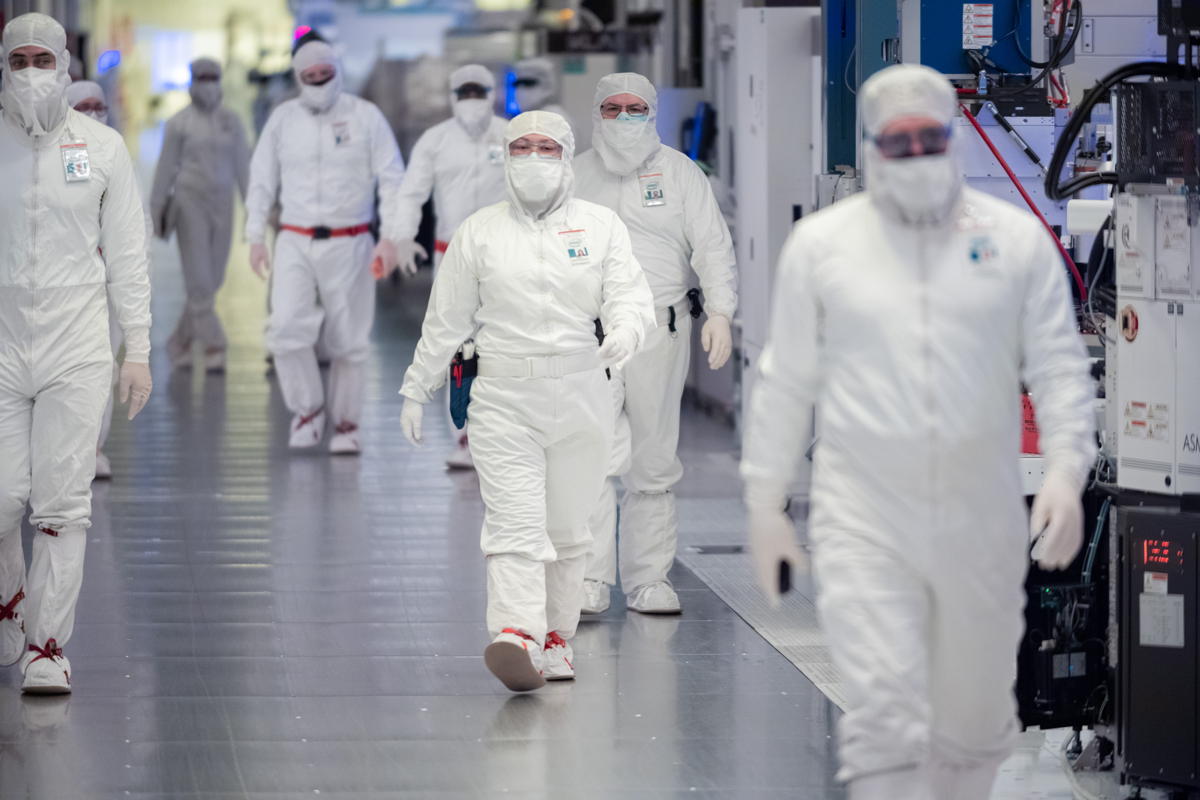

Image credit: Intel
Chinese memory-chip maker Yangtze Memory Technologies Corporation (YMTC) is seeing strong demand for its products in the domestic market that exceeds its production capacity, in spite of US sanctions intended to hobble the company, according to a local media report.
Government entities are prioritising the firm’s memory chips over those of overseas competitors such as South Korea’s SK Hynix and the US’ Micron, the South China Morning Post reported, citing unnamed sources.
The Hong Kong paper also reported the chips were being used for military projects, something of which YMTC denied knowledge.
The US has said sanctions are partly intended to prevent the advancement of China’s military capabilities.
YMTC told the paper its technology “is not military grade nor fitted for military applications” and added that it has “never supplied its technology or products for any military use”.
Domestic demand for locally manufactured components including graphics processing units (GPUs) and flash memory chips has surged in part due to infrastructure build-out demands for generative artificial intelligence (AI).
Domestic companies have turned to Chinese tech giant Huawei for AI accelerator GPUs in part due to restrictions on chips from market leader Nvidia, which is not permitted to sell its most advanced products in the country.
YMTC is similarly benefiting from the AI infrastructure drive, in spite of fears it might have to quit the 3D NAND flash memory market after it was added to a US trade blacklist in 2022.
Prices of YMTC memory chips have risen in recent months as demand has surpassed production capacity, the paper reported.
The company is barred not only from buying the latest chip manufacturing tools but also from certain maintenance services forcing it to halt production at a Wuhan plant earlier this year due to a machine failure, the report said.
At the time YMTC had to borrow machines from another local fab to resume production, according to the report.
In May analysts TechInsights found Huawei’s high-end Pura 70 smartphone, powered by its own HarmonyOS operating system and Kirin 9010 processor, also used NAND flash memory from YMTC alongside DRAM memory from Samsung Electronics.
Huawei’s flagship Mate 60 series, introduced last year, used memory from SK Hynix.
Notable development for Meta, after appeal against 2021 WhatsApp privacy fine is backed by advisor…
First sign of shakeup under new CEO Lip-Bu Tan? Three Intel board members confirm they…
Trump's nominee for SEC Chairman, Paul Atkins, has pledged a “rational, coherent, and principled approach”…
After being 'retired' by Intel's board of directors, ex-CEO Pat Gelsinger has joined a VC…
President touts easing Chinese tariffs to facilitate TikTok sale, and also implements 25 percent tariff…
Copyright lawsuit against OpenAI and Microsoft from The New York Times and other newspapers can…